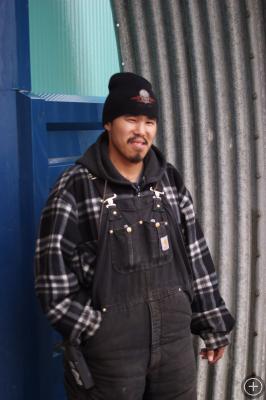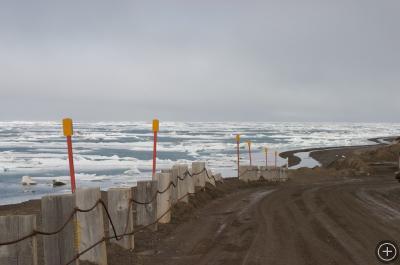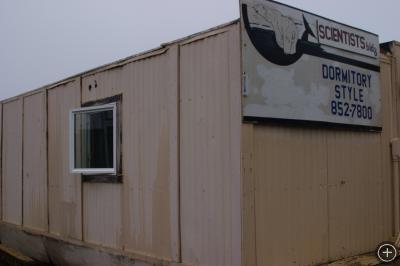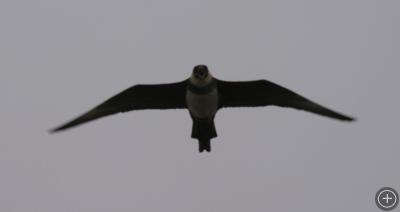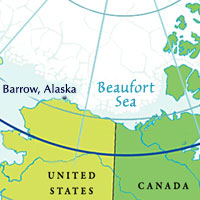Barrow, Alaska: US gateway to arctic science
BARROW, ALASKA– Barrow, Alaska, is the northernmost city in the Americas, and the US gateway for scientific exploration in the arctic. Alaska Airlines provides commercial service into Barrow using Boeing “Combis” — 737 aircraft (note different emergency escape card where the first class section has been converted into a cargo hold). Getting supplies in and out is just a little bit tough in a place where winter temperatures can reach -50F and cars need to be plugged in overnight to keep them warm enough to start. Enroute to Barrow’s Wiley Post-Will Rogers Memorial Airport, night is effectively a thing of the past… 6 degrees latitude past the Arctic Circle, the summer sun never sets here.
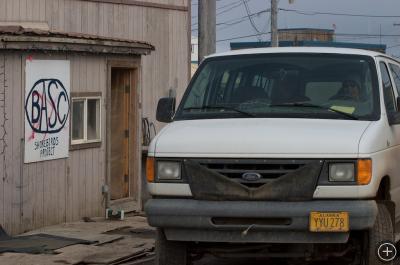
When winter temperatures can reach -50F, cars need to be plugged in overnight to keep them warm enough to start.
There are a handful of research activities happening in Barrow, and scientists are in no short supply. At the cafeteria joining the Barrow Arctic Research Consortium (BASC) and the I?isa?vik College, it is not unusual to overhear or join in on a conversation about methane flux at one table while at another the finer points of the year-round hunting season are reviewed in Iñupiaq. The diversity is palpable — some of the most important scientific questions affecting our planet are being asked in a setting shared with some of its most ancient inhabitants.
It takes time to unload the planes at the Barrow airport, affording an opportunity to get to know others that may well become your colleagues. In this case, it was a research team from UC Berkeley lead by Robert Rhew, Bob Reiss (a writer doing an article for Outside magazine), Phil and our driver, Scott.
After the 20 minute drive on the dirt road (the only kind of road in Barrow) leading from the airport to BASC, one is assigned a room and meal card. Accommodations are basic… “dormitory style.” It was too late for dinner at BASC, so hooking up with our new colleagues from the Univ. of Colorado and Berkeley we were able to dine at Pepe’s– the northernmost Mexican restaurant in America… in a dry town that’s definintely NOT south of the boarder.
Walking the 200 or so yards to visit the new $60M+ BASC building, Phil and I we were squawked at by a fairly rare Parasitic Jaeger (also known as Arctic Skua or more formally Stercorarius parasiticus). This is the first noteworthy wildlife encounter.
Science and native culture are not the only concerns in Barrow. There is a national government presence as well. The new BASC building is currently being shared with the US Coast Guard. The CG provides support for its traditional mission areas (navigation aids, border security, oil spill response, fishery enforcement, and search/rescue), in addition to its science support of resources such as the icebreakers. The warming of the arctic poses new concerns for the USCG and its parent, the Department of Homeland Security (DHS)… less ice means more navigable water. More navigable water means more work for DHS. This is enough of a concern they have coined the term ‘Arctic Domain Awareness’, and the Secretary of DHS has come to Barrow to see how its working. As fate would have it, he was closer than I had really realized…

 No comments
No comments 
